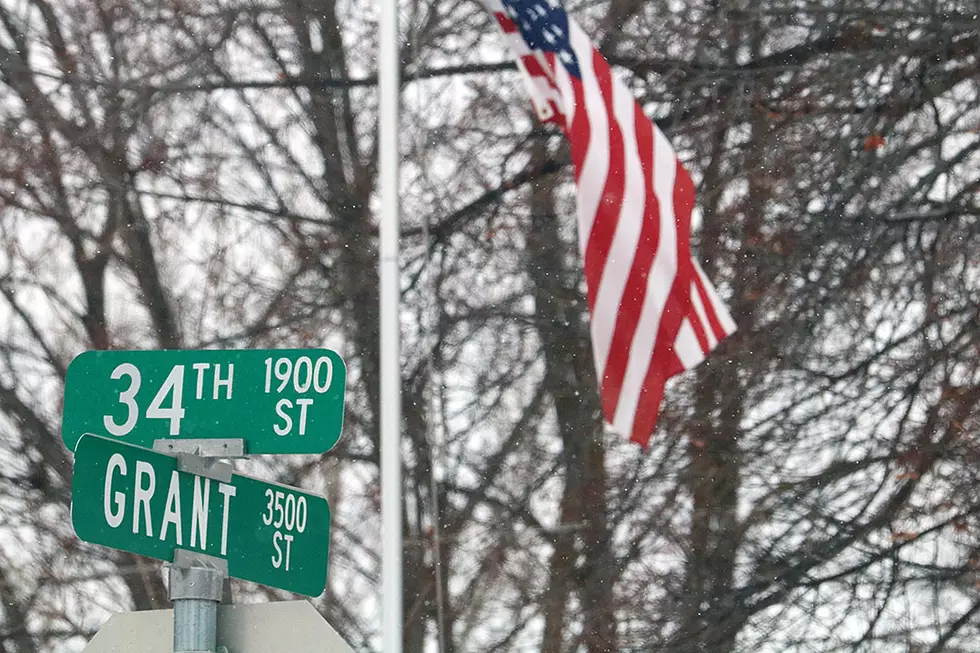
Population shift prompts Missoula council to consider new ward boundaries
Residents in several Missoula neighborhoods could fall under new City Council representation this spring as the city works to realign the boundaries of four voting districts to reflect population changes.
The city adjusts its ward boundaries every 10 years based on new census data, though it can also modify the boundaries every two years based on population estimates. The City Council last modified four Missoula wards in 2017 and will do so again this year.
Development Services is recommending boundary changes to Wards 2, 4, 5 and 6 while leaving Wards 1 and 3 intact.
“We're using the building permits issued in 2017 and 2018 to estimate the number and the distribution of the city's new population,” said Mike Haynes, director of Development Services. “It coincided nicely with the timing of the upcoming elections and the ward representatives taking their seats in 2020.”
When redrawing the ward boundaries, the city aims to keep each district compact in “shape and size” using natural boundaries where it can, Haynes said. It aims to avoid moving a seated member of the City Council outside the ward he or she represents.
The last U.S. Census was conducted eight years ago, leaving the latest redistricting effort based upon building permits and population estimates.
“There are as many assumptions built into this as there ever will be,” said Haynes. “Two years from now, we'll have the new census data and be able to reset the boundaries based upon the census data.”
Over the past few years, growth has moved to certain parts of Missoula, including the Old Sawmill District, which lies in Ward 3, and on Mullan Road in Ward 6.
Haynes placed Missoula's estimated population at the end of last year at 76,383. Divided by the six city wards, the average population per ward should stand at roughly 12,731. Each ward should have no fewer than 12,349 residents and no more than 13,113.
But at the end of 2018, Wards 4, 5 and 6 were below the minimum threshold while Ward 2, which includes areas west of Reserve Street, is well over the maximum threshold by more than 1,600 residents.
The city annexed several thousand acres west of Reserve last year, bringing roughly 750 county residents into Ward 2.
“Some of that is the new population coming out of the new annexation,” said Haynes. “In simple terms, Ward 2 needs to shrink, physically, and Wards 4, 5 and 6 need to grow to get back to alignment.”
To achieve that, Development Services has recommended moving the boundaries of several wards. That includes expanding Ward 4 into Ward 5 by moving the boundary from Grant and 34th streets east to Paxson Avenue.
It would also expand Ward 5 into Ward 6 by moving the boundary closer to South Avenue. To reduce the population in Ward 2, the council will consider expanding Ward 6 by expanding that district north to Mullan Road.
Doing so would prevent council member Jordan Hess from being drawn outside the district he currently represents in Ward 2.
“It brings Wards 2 and 6 more into alignment,” Haynes said. “It also avoids creating a peninsula at the far end of Toole Avenue and the railroad, which is where Jordan Hess lives. A key part of this is to keep that representation.”
The council took no action on the measure Wednesday, though a public hearing is set for March 11. If approved, the city will consider adopting the redrawn boundaries in April when redistricting efforts must be completed ahead of the 2020 elections.
“I remember when we did this the last time, and we spoke at length about significant barriers like the river and significant roads,” said council member Michelle Cares. “Some day, when Jordan Hess is no longer on council, I imagine there will be a significant shift in the way our wards are painted.”
Haynes said “a significant” redrawing of the boundaries in Ward 2 and other districts could be required in the years ahead as the city grows and the population shifts. As new census data becomes available in 2020, the city will likely take a comprehensive look at all six districts.
“We know the city is growing to the west in terms of population, and it's likely going to continue to,” Haynes said. “We can't redistrict someone out of their ward, but as those representatives change, that allows for other changes. You're likely to see a quite significantly different map two years from now or four years from now.”
